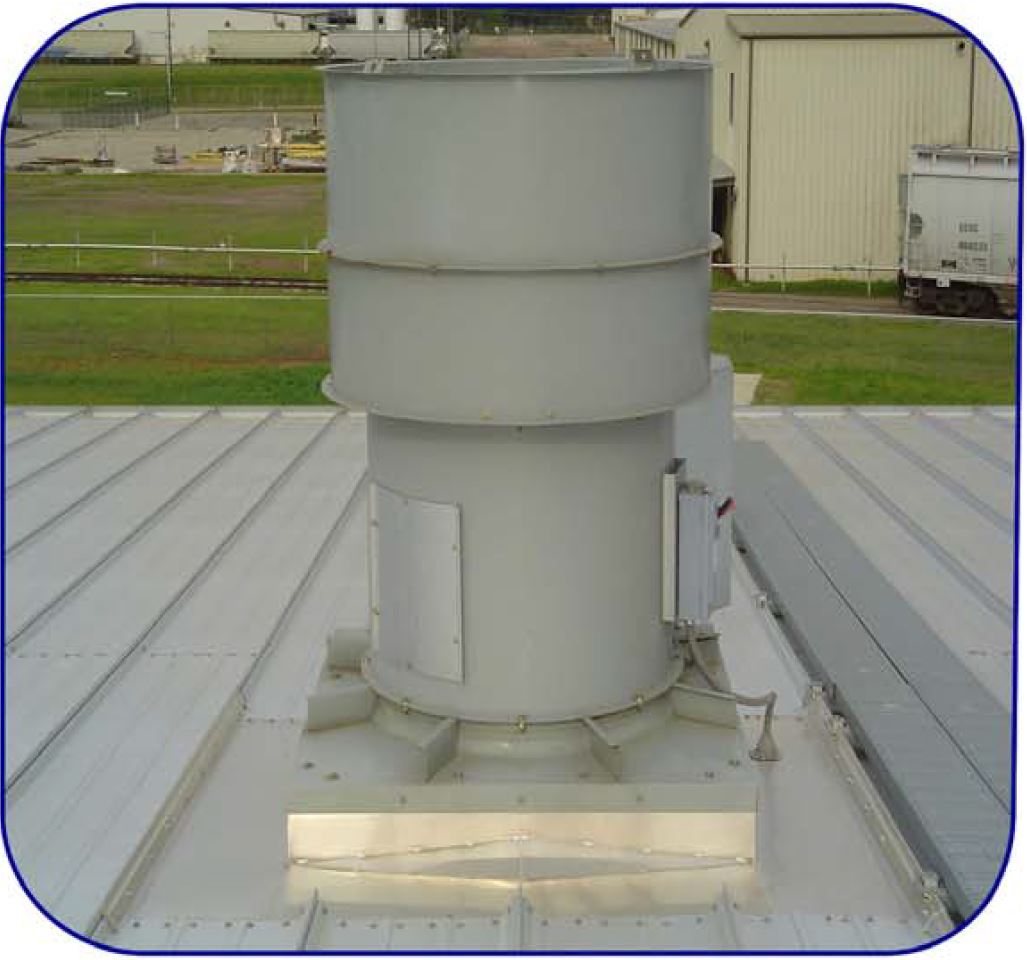
Misconceptions About Metal Roof Leaks
The Answer Lies In How Roof Curbs Are Manufactured And Installed
Why is there a misconception that every metal building leaks? To be a part of this industry, we, as manufacturer’s are required to meet or exceed all of our customers’ expectations and requirements to prevent this misconception.
We differentiate ourselves with quality fabrication on time deliveries, and exceptional service. Our designs, techniques, and details have been refined to the point that with qualified erectors a metal building SHOULD NOT LEAK.
Almost every industry supplier has improved the quality of its products to ensure a long lasting and water proof roof . The painting industry has Kynar 500/Hylar 5000, the sealant indushy has high quality sealants, the fastener industry has stainless steel neoprene washerhead screws, etc.
Now, why is there still a misconception that every metal building leaks? The answer is when we have to penetrate a roof for skylights, fans, rooftop air conditioning units, hatches, and numerous other products, the roof penetrations are incorrectly addressed. This causes roof leaks.
In fact, we started LMCurbs 25 years ago to solve this problem with roof curbs. As a mechanical contractor; we continually had problems with roof curbs and knew there was a way to produce a better product. We decided the correct material was aluminum, rather than Galvalume, or galvanized steel, and the best design was under/over with the curb base sides extending to next natural
The best design may not be the easiest to install or least expensive, but it is the best for the building owner.
seam with integral highs. These decisions were the backbone of slowly changing the roof curb industry for metal roofs.
Yet the ” antiquated ” I 960’s fabrication techniques still used today have little regard to the long- term consequences of roof leaks. Top-mount, over/over patch-type roof curbs, manufactured from Galvalume or galvanized steel with welded seams that require special coatings to protect the welds (and re-applied many times over the life of the roof curb), with loose rib closures, still are being used to make an easy-to-install and inexpensive roof curb.
When we calculate the numbers, how much does a roof leak really cost? How much does it cost to correctly maintain a Galvalume or galvanized roof curb? ls it MORE than the cost of doing it correctly the first time? The best design may not be the easiest to install or least expensive, but it is the best for the building owner, which ultimately is for whom we all work. Your products are what they are purchasing.
Now, how can we work towards eliminating roof leaks?
First, our industry should require installers to use roof curbs that meet or exceed the under/over design and aluminum material requirements.
Second, all roof curbs should be fabricated using a minimum of
.080-3003 H-14 aluminum, continuously welded, fully insulated and with a minimum height of 8 inches (203 mm) above the finished roof.
Third, the curb base flanges should be constructed to match the roof configuration of the roof panel, the upslope base under the roof panel, and the downslope base over the roof panel, creating a natural shingle effect. This design allows the roof curb to become an integral part of the roof system; therefore, eliminating roof leaks. (For details, see “Choosing the Right Roof Curbs,” by Ken Buchinger; March/April 2003 issue, page78, or visit www.lmcurbs.com).
In summary, when a roof leaks, it usually is at a roof penetration-not in the metal roofing. But the building owner sees it as “his roof” is leaking, not as a problem with the roof curb. This misconception has a domino effect because that owner tells someone his grief about his leaking metal roof, who tells the next person, who tells the next person, and so on. This situation causes a problem for the metal roofing industry as a whole.
When a roof leaks, it usually is at a roof penetration – not in the metal roofing.
In our country’s current economic situation with metal prices on the rise, we have to address every aspect of our industry and fine tune our problem area. If we do not, we will lose market share to more economical building and roofing alternatives. It is our responsibilty!
I welcome your phone call to discuss how we can work together to improve our industry.